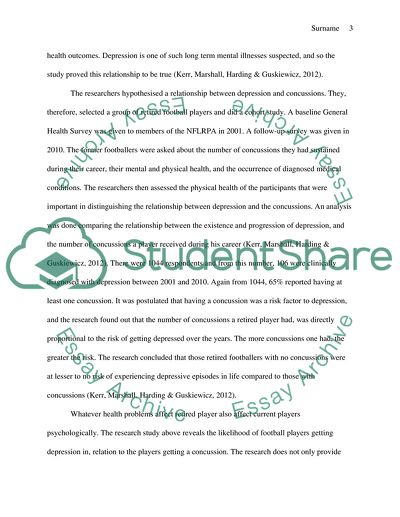Cite this document
(Causes of Depression in Athletes Coursework Example | Topics and Well Written Essays - 3000 words, n.d.)
Causes of Depression in Athletes Coursework Example | Topics and Well Written Essays - 3000 words. Retrieved from https://studentshare.org/sports-and-recreation/1818099-sport-psychology-the-unique-athlete
Causes of Depression in Athletes Coursework Example | Topics and Well Written Essays - 3000 words. Retrieved from https://studentshare.org/sports-and-recreation/1818099-sport-psychology-the-unique-athlete
(Causes of Depression in Athletes Coursework Example | Topics and Well Written Essays - 3000 Words)
Causes of Depression in Athletes Coursework Example | Topics and Well Written Essays - 3000 Words. https://studentshare.org/sports-and-recreation/1818099-sport-psychology-the-unique-athlete.
Causes of Depression in Athletes Coursework Example | Topics and Well Written Essays - 3000 Words. https://studentshare.org/sports-and-recreation/1818099-sport-psychology-the-unique-athlete.
“Causes of Depression in Athletes Coursework Example | Topics and Well Written Essays - 3000 Words”, n.d. https://studentshare.org/sports-and-recreation/1818099-sport-psychology-the-unique-athlete.


